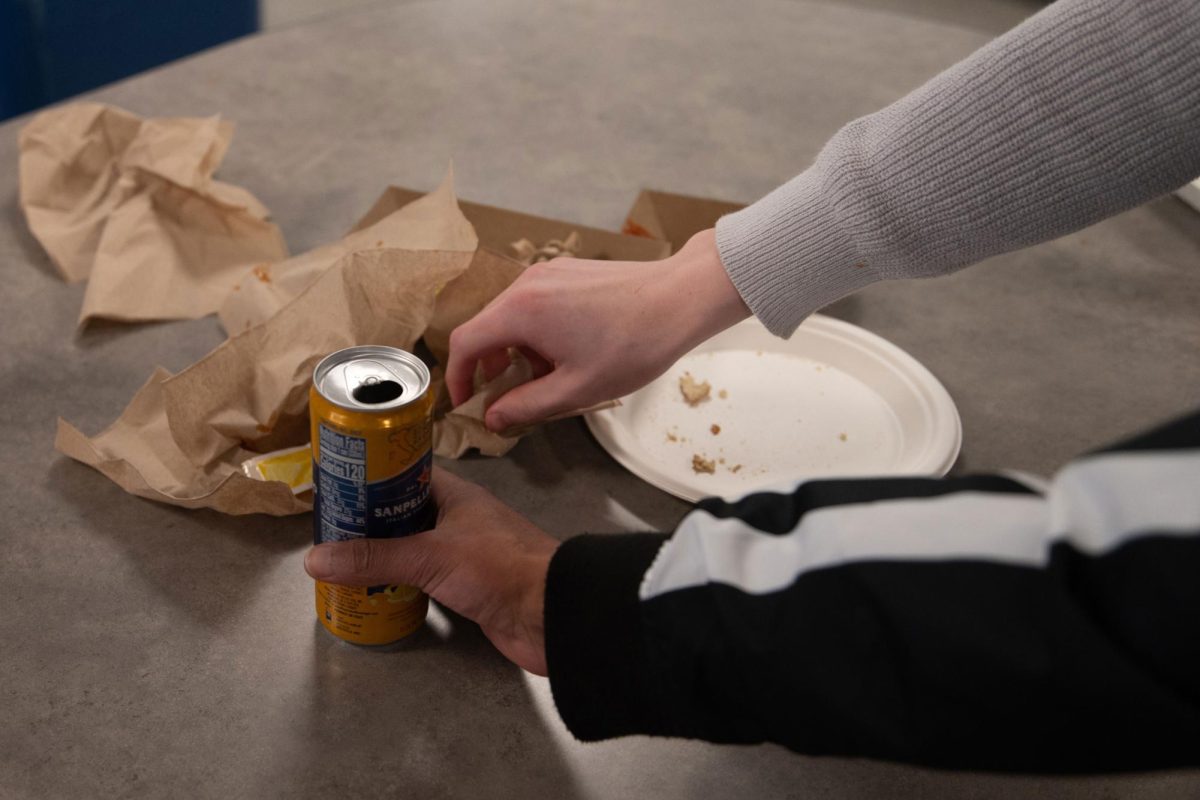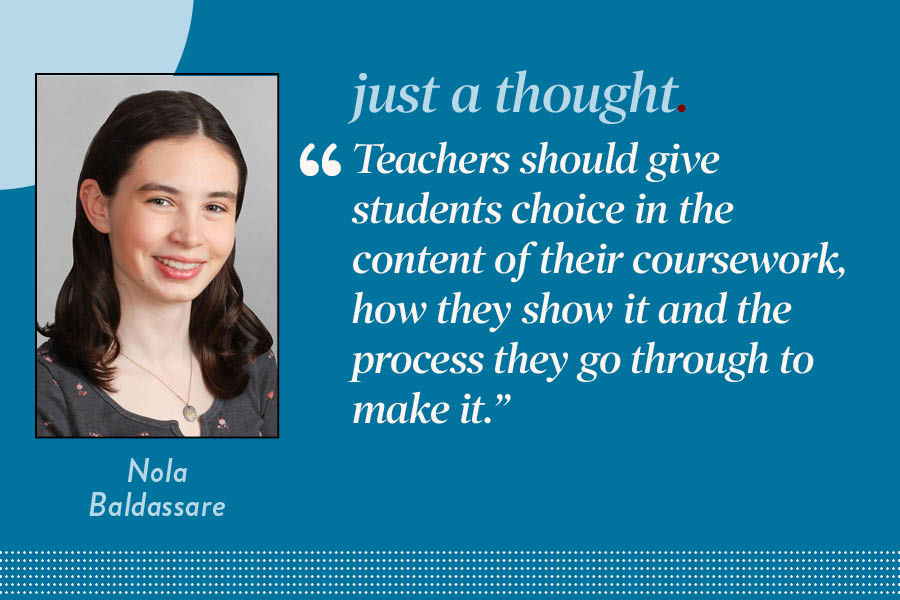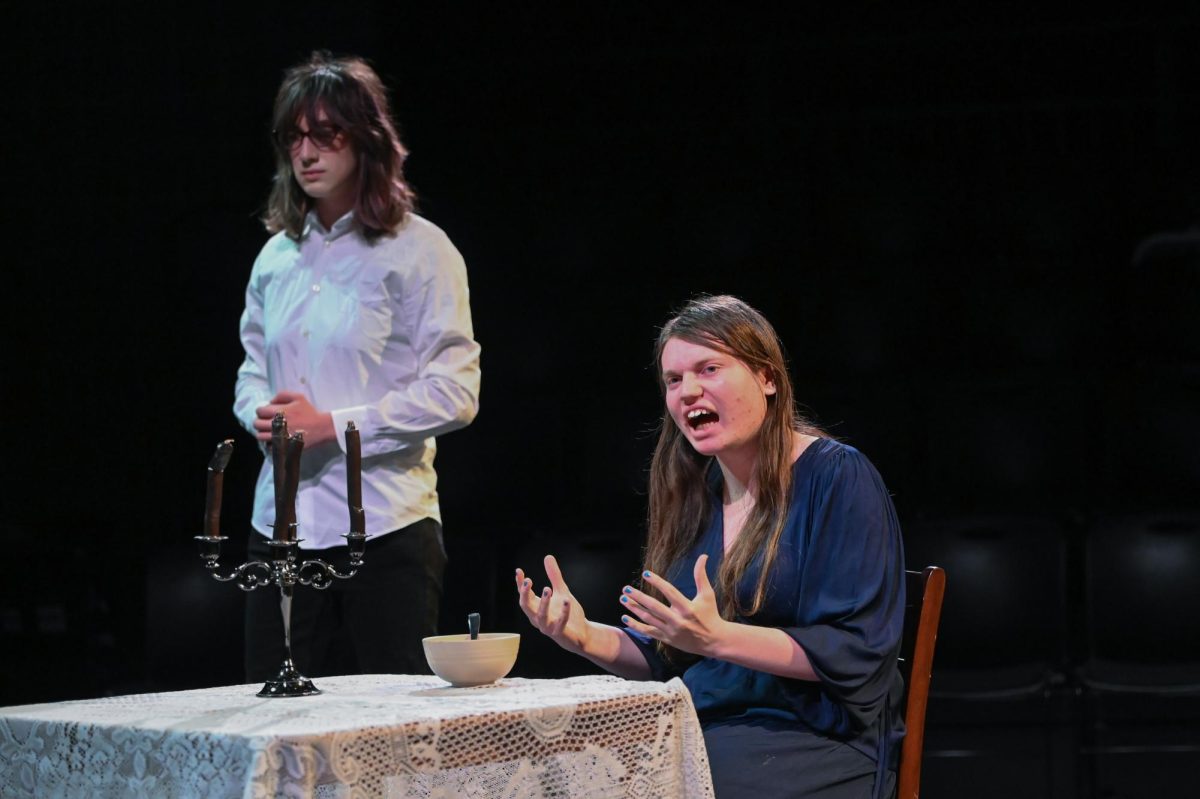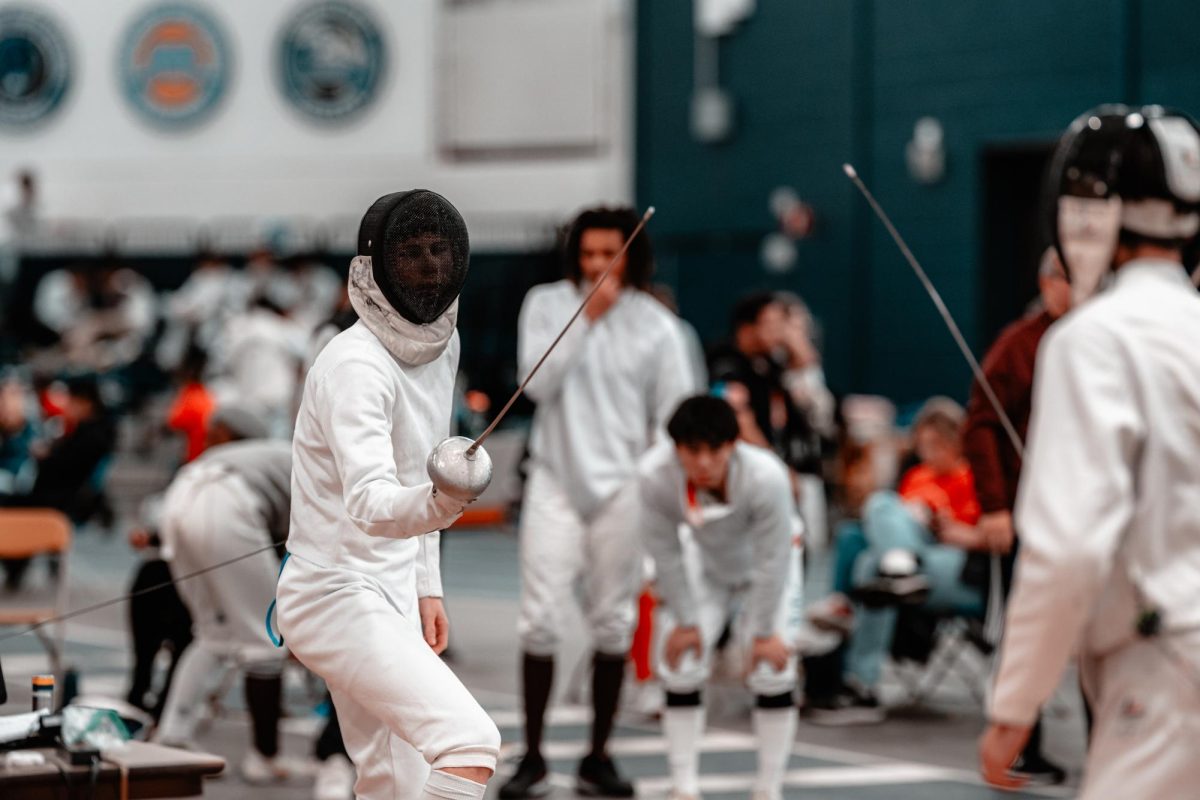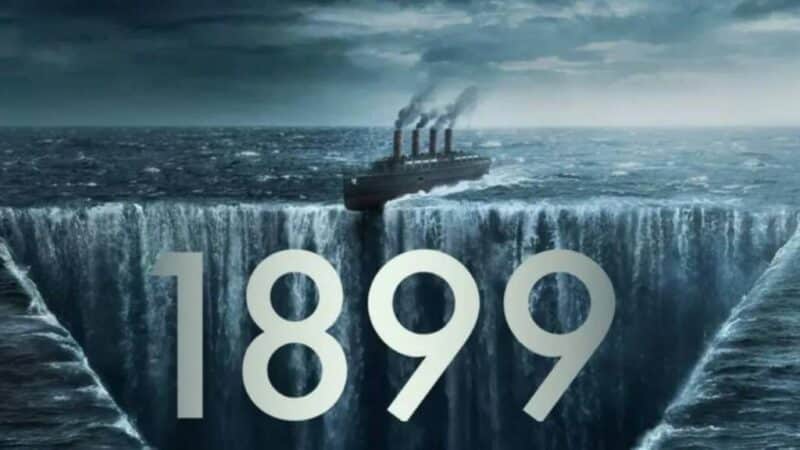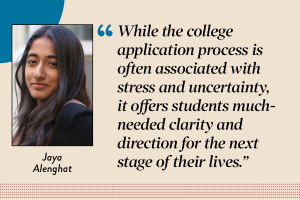Despite intricate plot and stunning visuals, ‘1899’ lacks resolution
Netflix
Netflix’s 1899 provides for an interesting mystery. However, its complex web of plots and characters takes away from the main plot.
January 17, 2023
Breakfast aboard the steamship Kerberos would appear an ordinary event. That is, until the moment at which every passenger across the dining hall falls into an eerie trance and lifts their cups in perfect synchronization. An observant viewer would notice the recurring motif of a triangular symbol on the walls, the floors and the clothes of passengers. A viewer might even notice the ominous carving on the wall showing a male figure and female figure standing in front of a spiral vortex with the same triangle at the center as shadowy figures move behind them.
Netflix’s “1899” offers an intriguing mystery, excellent acting and impressive visuals, but the show’s slow pacing, underdeveloped characters and premature cancellation by Netflix may deter potential viewers from immersing themselves in such a mind-boggling mystery.
The plot follows a multilingual ensemble cast aboard the Kerberos. Taking the most screen time is the mystery of the Prometheus, another ship that has reappeared in the middle of the ocean after disappearing months before. Maura Franklin (Emily Beecham), a doctor and passenger on the ship, helps the ship’s captain, Eyk Larsen (Andreas Pietschmann), unravel the mystery.
As more characters get introduced, the mystery gets more tangled and complex. Like many puzzlebox shows, “1899” balances character-driven drama, high concept mystery and layered themes. The pacing of the show is slow and overwhelming and can at times be frustrating, but it allows the viewer time to take in the immersive visuals and notice small details that foreshadow future events.
The visuals of “1899” combine intricately crafted sets and costumes with virtual LED sets. The LED sets, which act as greenscreen replacements, allow for actors to convincingly exist within seemingly limitless settings. However, they also add to the uncanny surrealism of some of the settings.
Along with Maura and Captain Larsen, “1899” features an impressive multinational cast, all with their own reasons for traveling on the Kerberos. Where many shows would simply have every character speak English, “1899” has every character speak their own language including English, Spanish, French, Dutch, German, Chinese and Japanese. Each character has their own secrets and story arcs, which are distinct and well played by their actor. However, the sheer number of featured characters and commitment to a realistic portrayal weigh down the plot.
It is impossible to talk about “1899” without mentioning the showrunner’s previous Netflix series, “Dark.” “Dark” shares a lot of parallels to “1899” as both are historical puzzlebox shows with science fiction twists. What sets “1899” apart is the ambiguous surrealism of the show’s setting and the multinational cast. Unfortunately, the ambiguity of the show’s setting makes it less accessible and requires more exposition at the expense of story. The many languages make it difficult to explore the complex themes that would normally be engaged with through dialogue.
As with “Dark,” the showrunners planned to make a season 2 and 3 of “1899.” “Dark”’s ending was celebrated by its fans as a satisfying conclusion to its mystery, which is the exception in the puzzlebox genre. However, Netflix chose to cancel “1899,” meaning it will never get a resolution to the final twist of its first season. Sadly, this is consistent with Netflix’s trend of canceling promising shows while keeping those that are on lower budgets and can bring in advertising money through product placement.
“1899” is well made and engaging, but its slow pace and lack of payoff illustrates more potential than substance.





